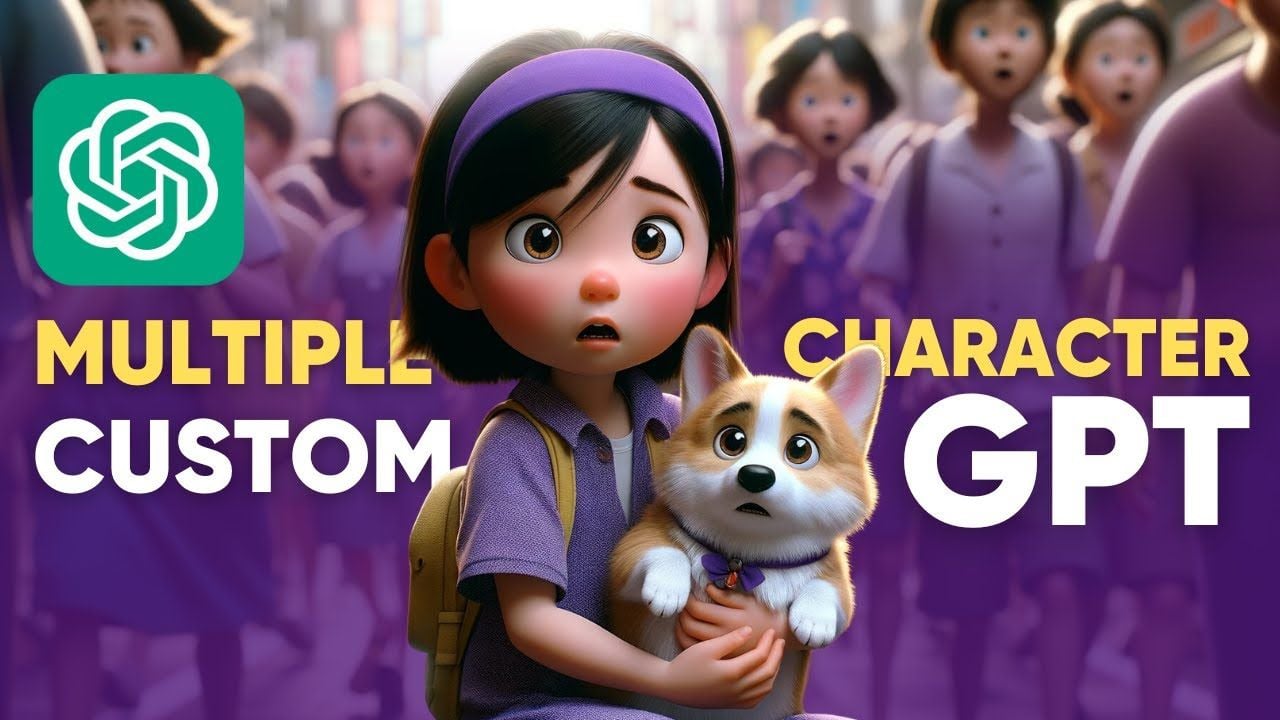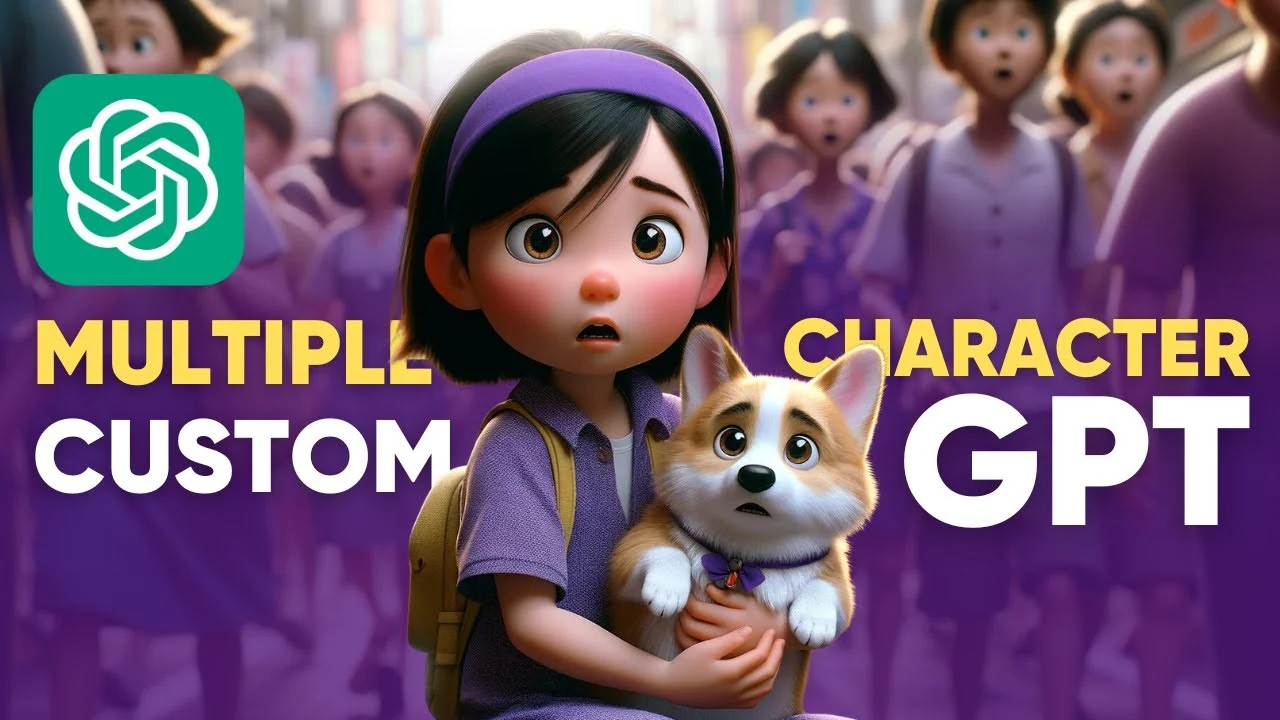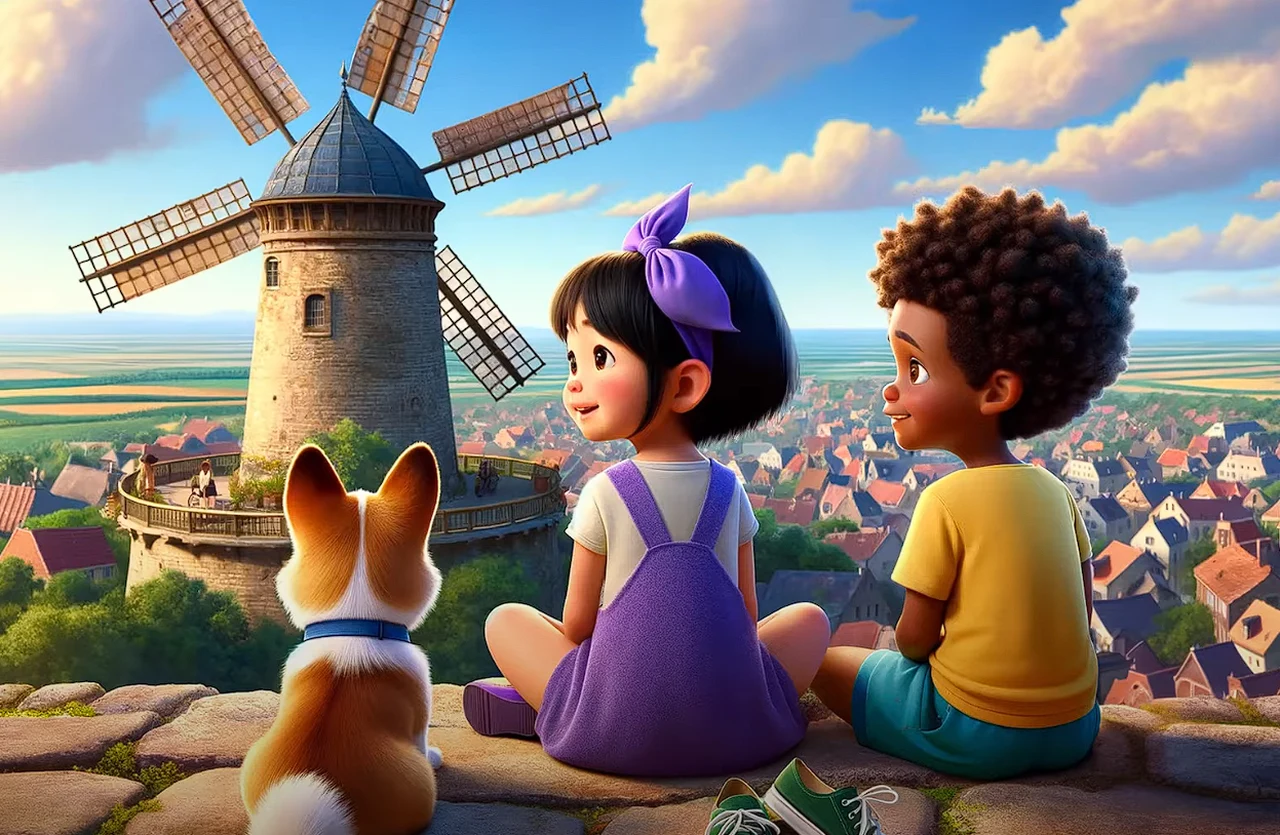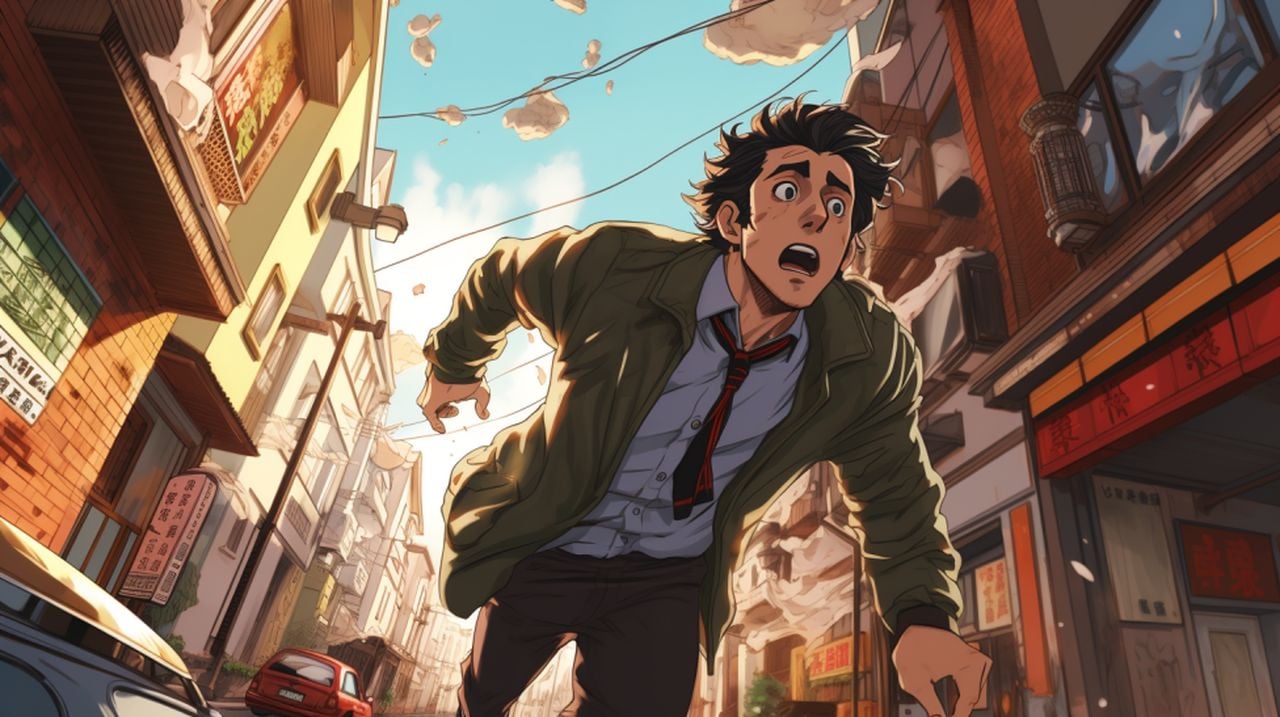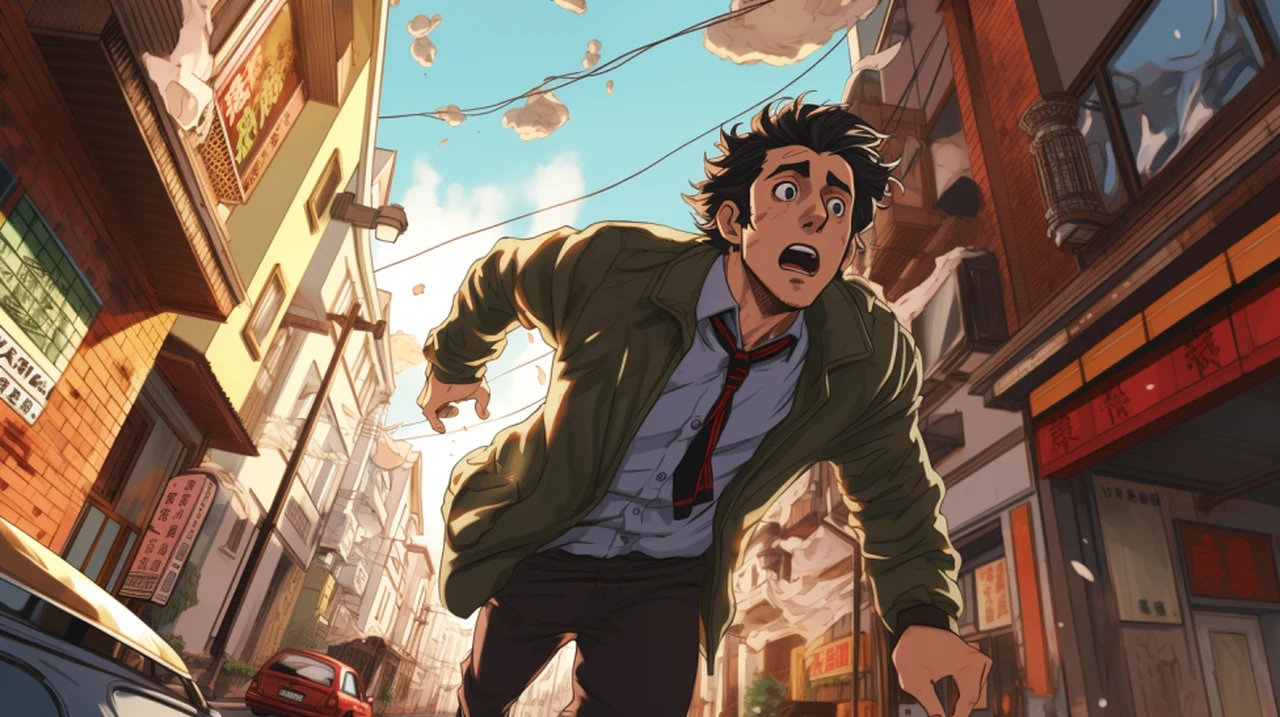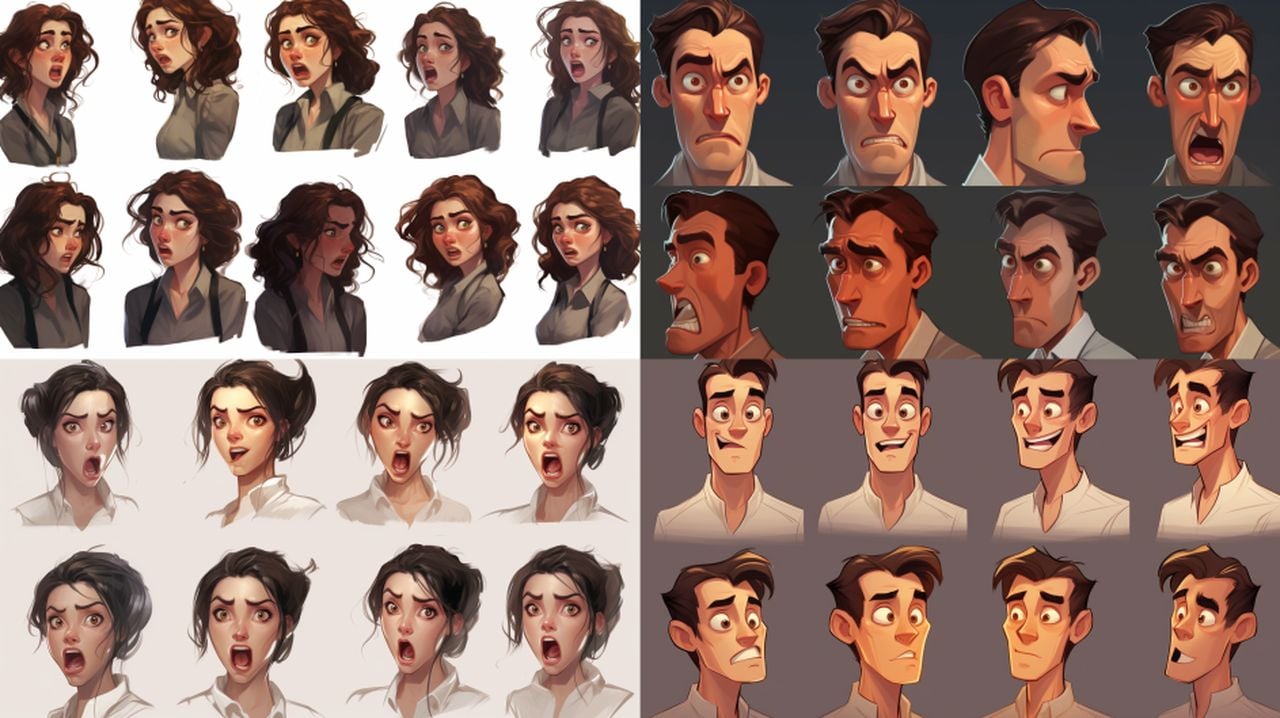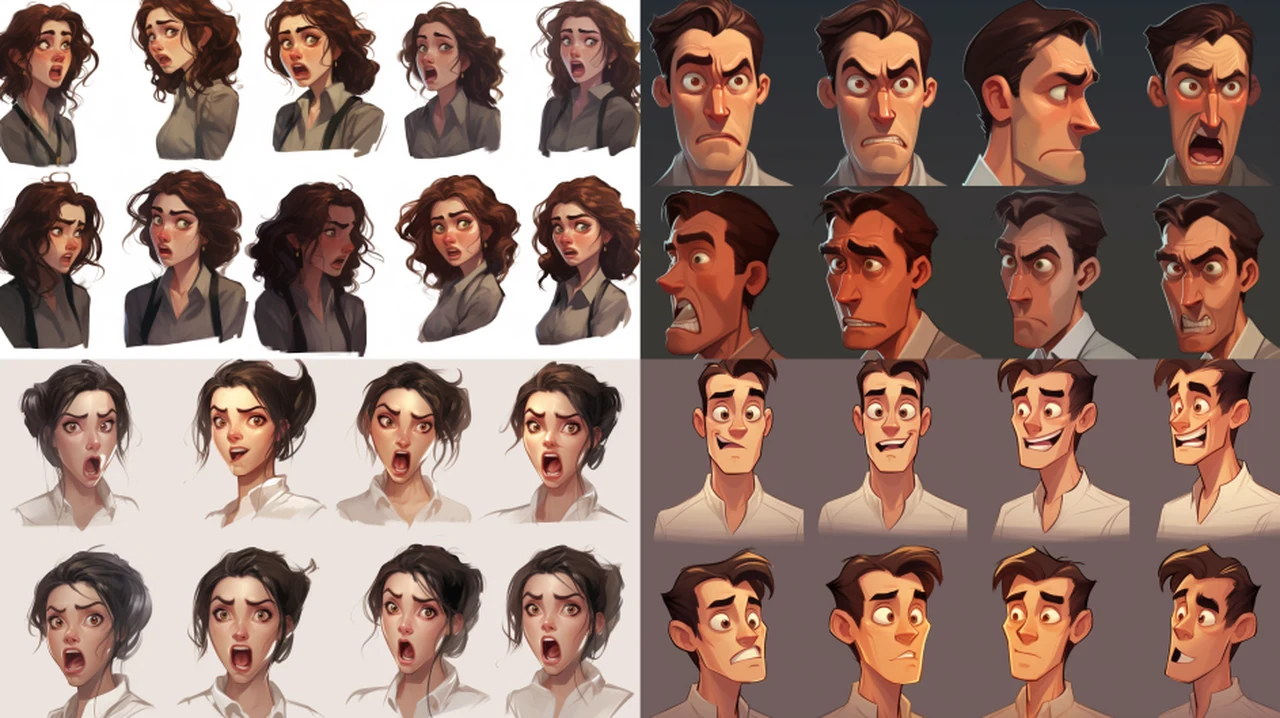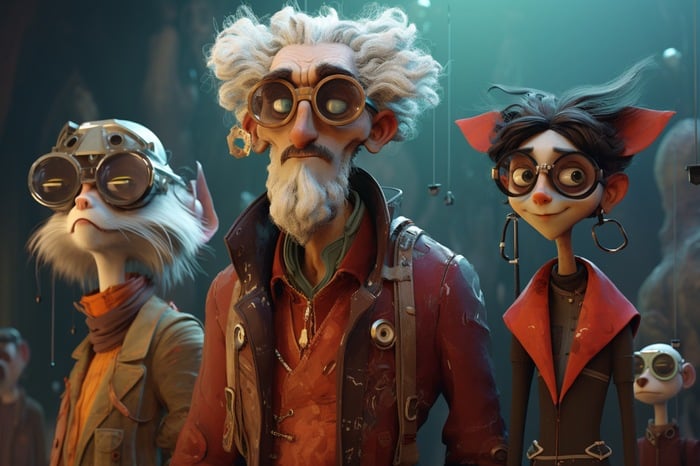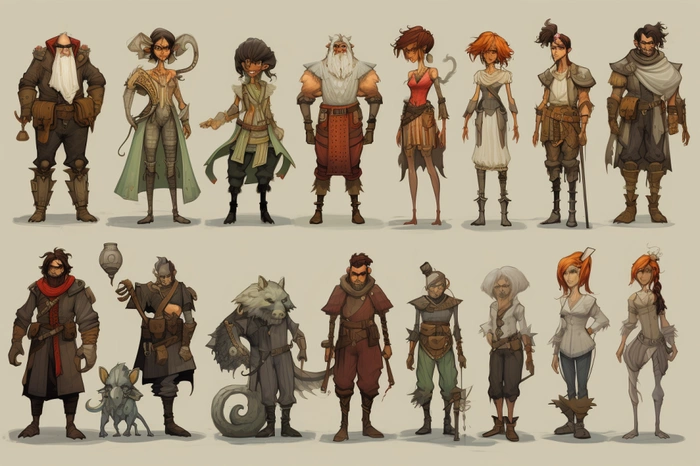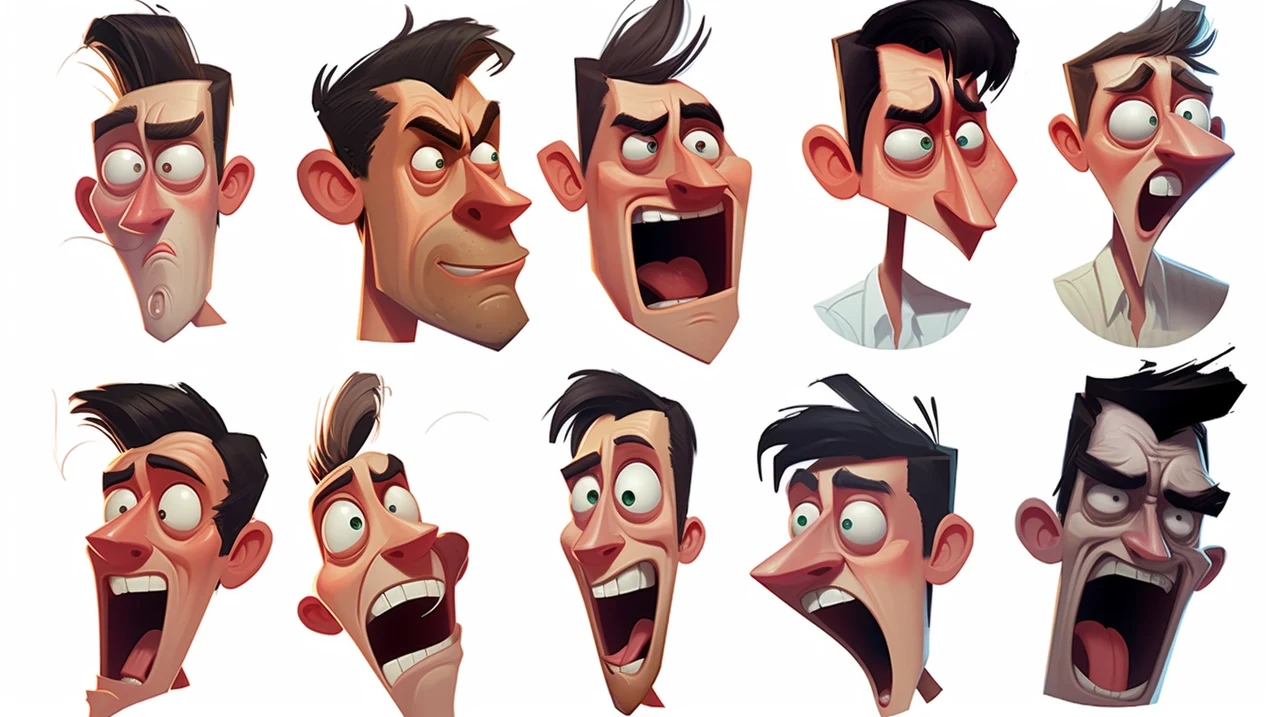
Thanks to the weekly office hours update from the Midjourney development team it seems that the highly Consistent Characters might not be too far away. At the forefront of the latest exciting updates underdevelopment for the AI art generator is a new character reference feature. This tool is designed to maintain the consistency of characters across different images.
Although it might not capture every minute detail, it represents a significant leap forward in achieving a cohesive look for your characters. Working hand in hand with this is the style reference system, which is set to improve the way you can mimic artistic styles. This means you’ll be able to recreate the look of your favorite artists with a level of accuracy that was previously unattainable.
Another key improvement is the enhanced describe function. This upgrade will allow you to better reflect the essence of your source images while infusing them with your unique creative flair. Midjourney has been listening to its users, and in response, they are tweaking the moderation system to strike a delicate balance between fostering creativity and ensuring responsible content creation.
Midjourney Consistent Characters
Midjourney is also tackling some of the more intricate challenges in digital art. Upgrades to body coherence are in the works, aiming to produce more lifelike representations of human and animal forms. This is part of the broader version 7 advancements that are expected to boost the platform’s overall performance without sacrificing the quality of the output.
Here are some other articles you may find of interest on the subject of Midjourney AI art generator
For those who love to experiment with different artistic styles, the introduction of a random style generator and style map will be particularly enticing. These tools will unlock a treasure trove of stylistic options, giving you the freedom to experiment and apply a diverse range of artistic techniques to your work. To complement these creative tools, server enhancements are planned to speed up image processing times, helping you work more efficiently and effectively.
The Midjourney website itself is getting a facelift, with a focus on fixing bugs and optimizing the mobile experience. This means that no matter where you are or what device you’re using, you can expect a smooth and responsive experience as you craft your digital masterpieces.
Looking to the future, Midjourney is exploring the possibility of integrating its API with chatbot companies. This could open up new avenues for interactive and automated features, although details on potential partnerships are still under wraps.
The suite of features soon to be released by Midjourney is set to elevate the digital art experience, blending user-friendly design with cutting-edge technology. These updates will not only streamline your creative process but also expand the horizons of what you can achieve with digital image creation tools. Keep an eye out for these enhancements, as they are sure to enrich the way you express your artistic vision in the digital realm.
Filed Under: Guides, Top News
Latest timeswonderful Deals
Disclosure: Some of our articles include affiliate links. If you buy something through one of these links, timeswonderful may earn an affiliate commission. Learn about our Disclosure Policy.

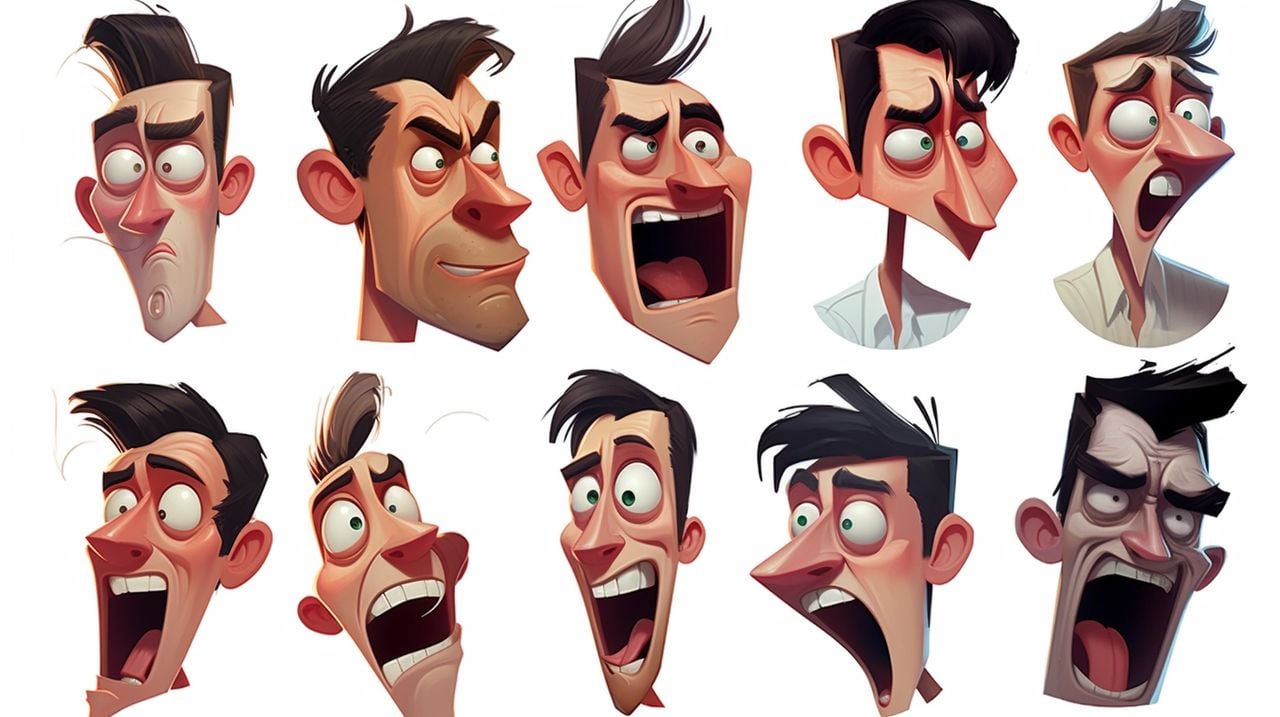
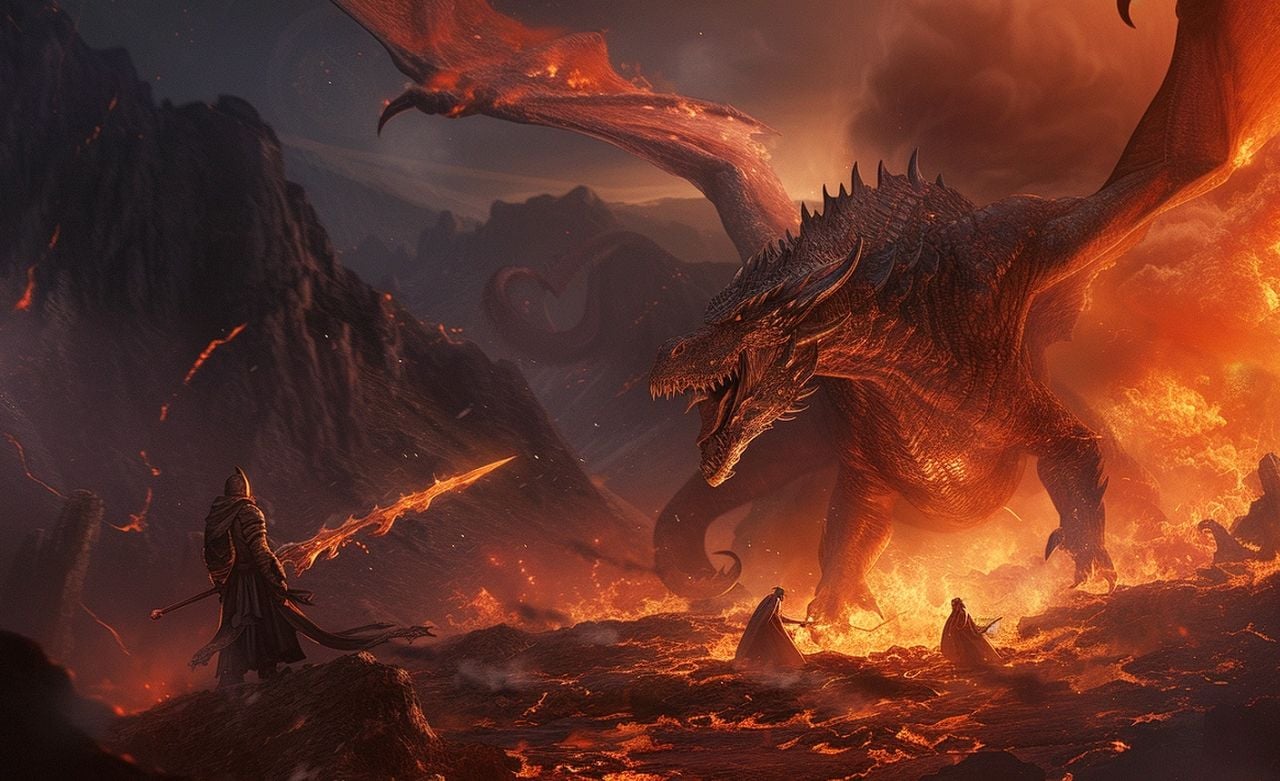
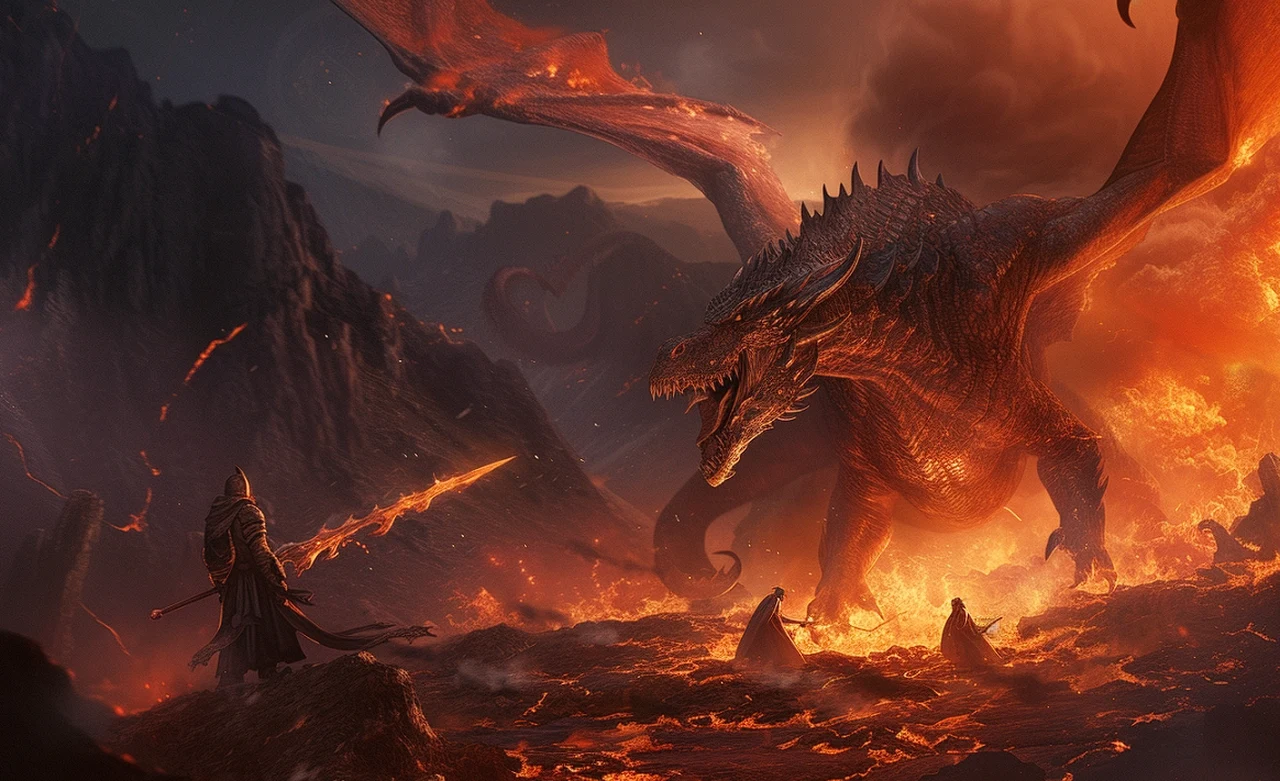


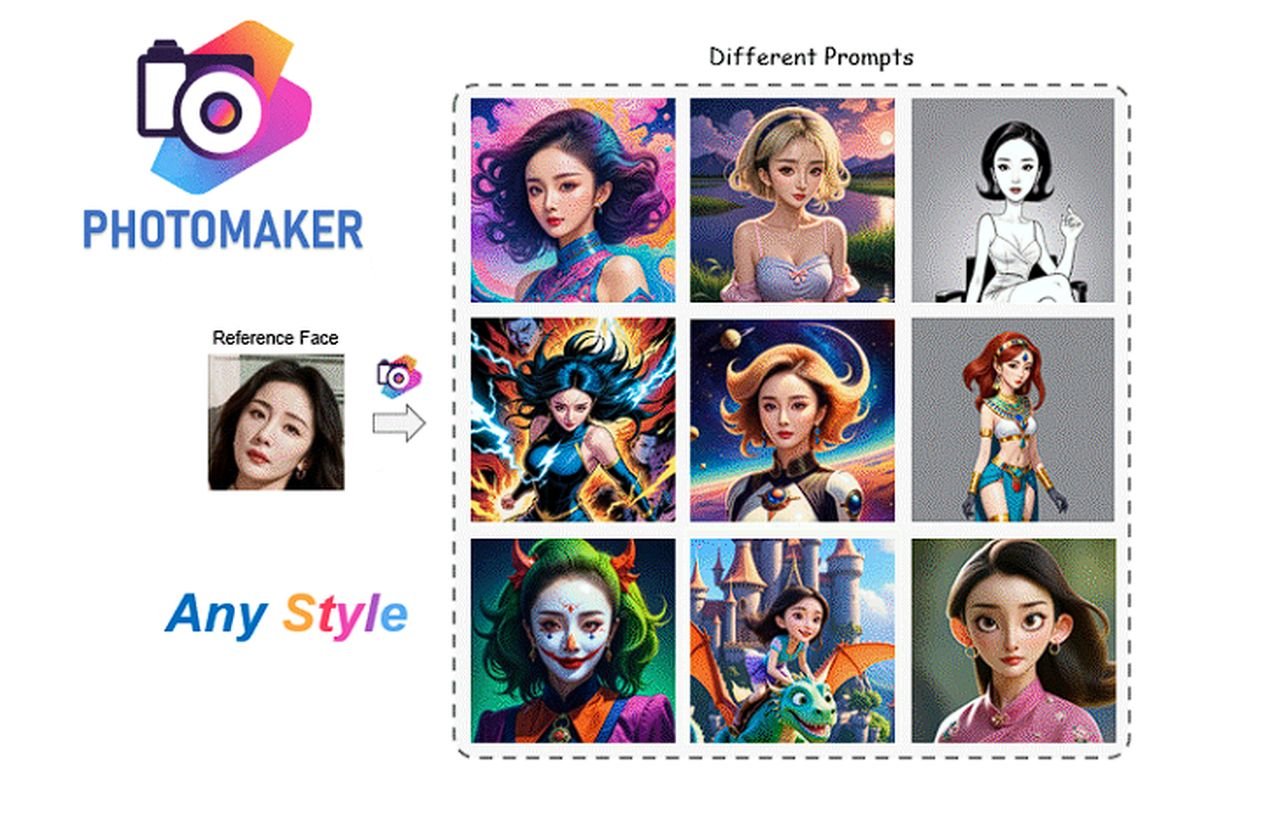
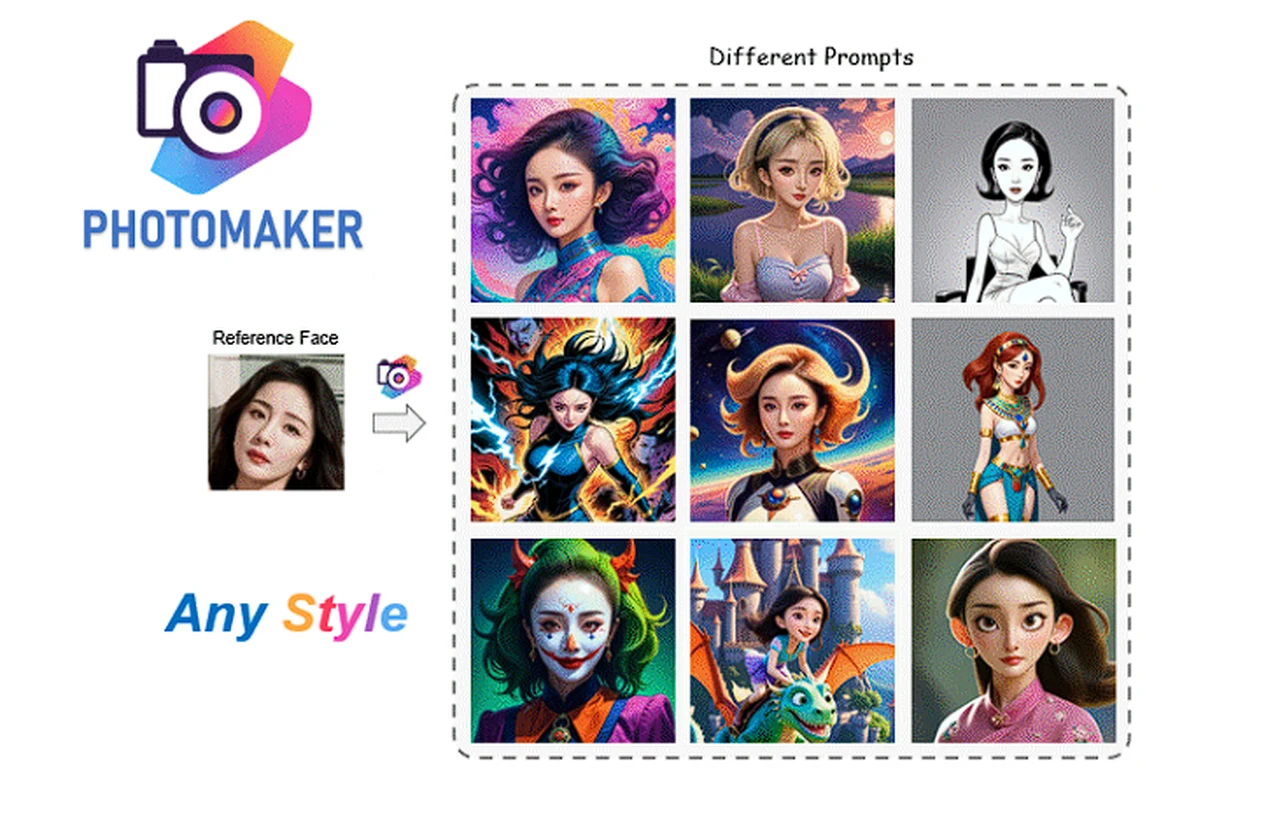
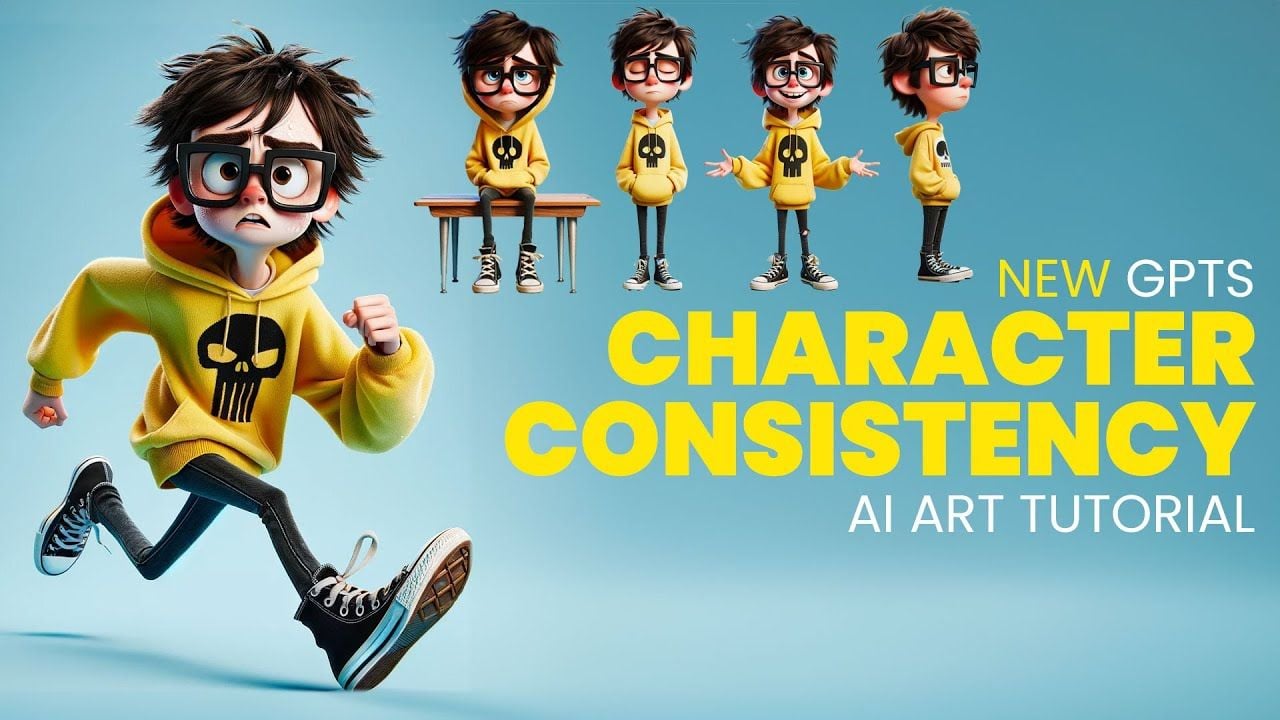
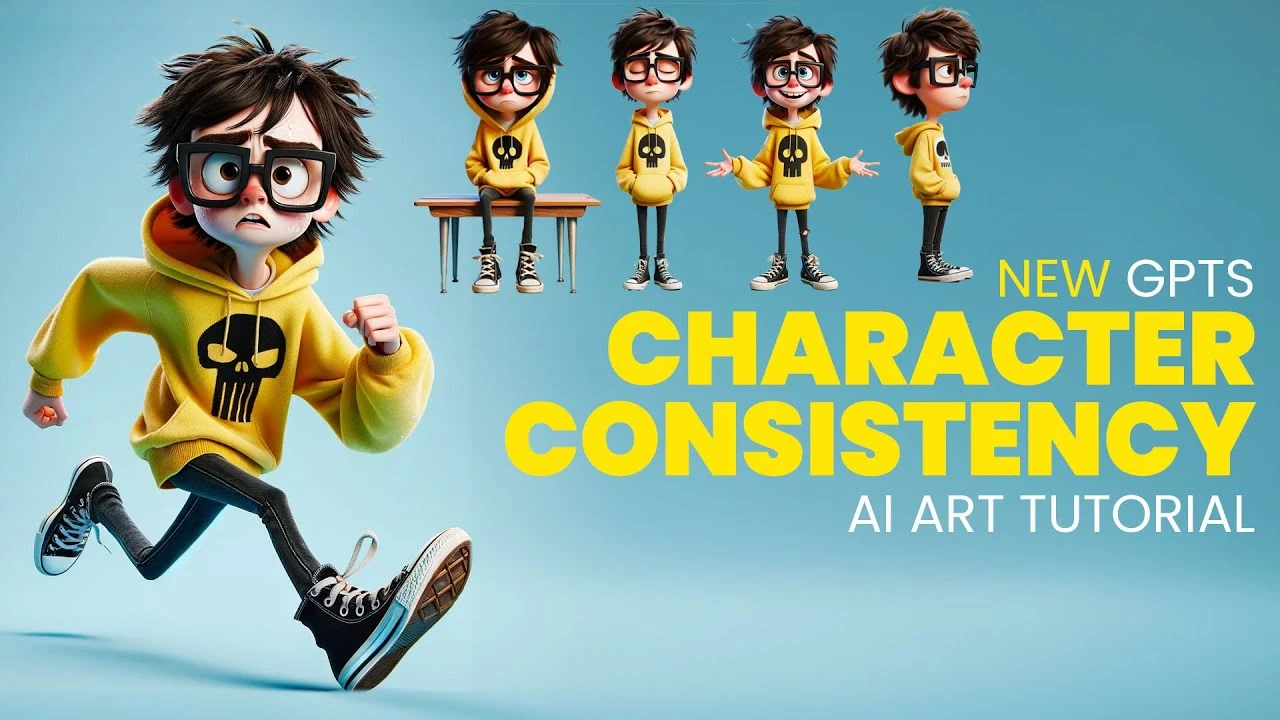 The world of animation is witnessing a significant transformation as new technologies emerge to enhance the creative process. Among these advancements, Generative Pre-trained Transformer (GPT) tools are making a notable impact. These sophisticated tools are changing the way animators ensure their characters remain consistent throughout their stories. By improving visual coherence and simplifying the design process, these tools are making it easier and faster for creators to bring their visions to life.
The world of animation is witnessing a significant transformation as new technologies emerge to enhance the creative process. Among these advancements, Generative Pre-trained Transformer (GPT) tools are making a notable impact. These sophisticated tools are changing the way animators ensure their characters remain consistent throughout their stories. By improving visual coherence and simplifying the design process, these tools are making it easier and faster for creators to bring their visions to life.